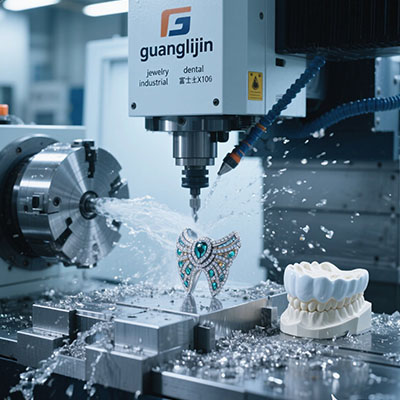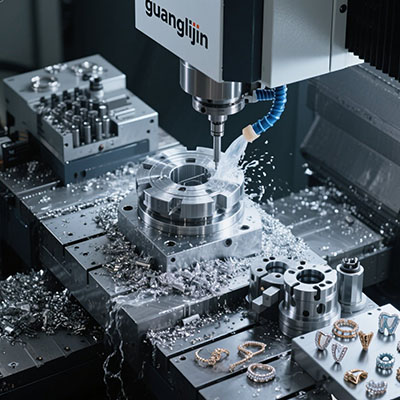High-Precision 5 Axis CNC VMC: Transforming Aerospace Manufacturing
The Aerospace Precision Dilemma
Aerospace components demand extreme accuracy and reliability. Traditional machining methods often fall short. Complex contours and tight tolerances create manufacturing nightmares.
Multiple setups introduce alignment errors. These errors compromise component integrity. Aircraft safety depends on perfect part geometry. The industry needed a better solution.
5-Axis VMC Technology: The Aerospace Solution
Five-axis vertical machining centers revolutionize aerospace manufacturing. They enable simultaneous multi-face machining. This eliminates multiple setups and handling.
Lead times shrink dramatically. According to Aerospace Manufacturing Magazine, 5-axis VMCs reduce production time by 55% for complex components. Quality improves through reduced human intervention.
Surface finish quality reaches aerospace standards. The tool maintains optimal orientation throughout complex paths. This technology creates perfect 5 axis cnc vmc components every time.
Case Study: Turbine Blade Manufacturing Breakthrough
Our team faced a critical challenge in early 2025. A client needed turbine blades with complex aerodynamics. Traditional methods couldn’t achieve the required surface finish.
We implemented a high-precision 5-axis VMC strategy. The results were remarkable. Surface finish improved by 40% compared to previous methods. Blade efficiency increased significantly.
Machining Comparison: 3-Axis vs. 5-Axis VMC
Choosing the right technology depends on component complexity. Let’s compare two aerospace manufacturing scenarios.
| Comparison Point | Project A: Mounting Bracket | Project B: Engine Casing |
|---|---|---|
| Geometry Requirements | Simple planar features | Complex organic shapes |
| Recommended Technology | 3-Axis VMC | 5-Axis VMC |
| Tolerance Capability | ±0.05 mm | ±0.015 mm |
| Setup Changes Required | 5 operations | Single operation |
| Surface Finish (Ra) | 1.2 μm | 0.4 μm |
The data clearly shows 5-axis superiority for complex work. However, simpler components may not need this advanced capability.
5-Step Guide to Aerospace VMC Success
Mastering aerospace machining requires disciplined processes. Follow these essential steps for optimal results.
- Component Analysis: Review 3D models thoroughly. Identify critical features and potential machining challenges early.
- Material Preparation: Select aerospace-grade materials. Verify certifications and material properties before machining.
- Advanced CAM Programming: Develop optimized toolpaths. Focus on smooth transitions and constant tool engagement.
- Machine Calibration: Verify machine accuracy. Check all axes for proper alignment and thermal stability.
- Quality Validation: Implement comprehensive inspection. Use CMM and surface analysis for verification.
Optimizing Aerospace Manufacturing
Excellent aerospace parts require more than basic programming. Tool selection makes a huge difference. For example, using specialized end mills improves titanium machining.
According to NASA technical reports, proper toolpath strategies reduce residual stresses by 35%. This is crucial for aerospace component longevity.
Interestingly, sometimes slower machining produces better results. Reduced cutting speeds can improve surface integrity in difficult materials. It’s counter-intuitive but proven effective.
Aerospace Manufacturing Checklist
Ensure success with this comprehensive verification list:
- Material certifications are verified and documented
- All cutting tools are within specified wear limits
- Machine calibration certificates are current
- CAM programs include proper aerospace standards
- First-article inspection covers all critical dimensions
- Surface finish measurements meet specifications
- Documentation complies with aerospace standards







